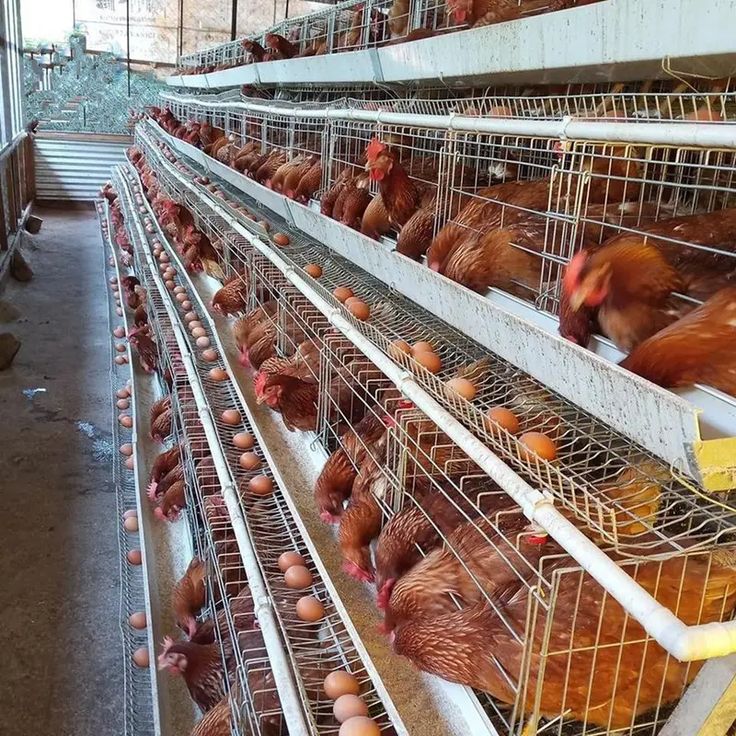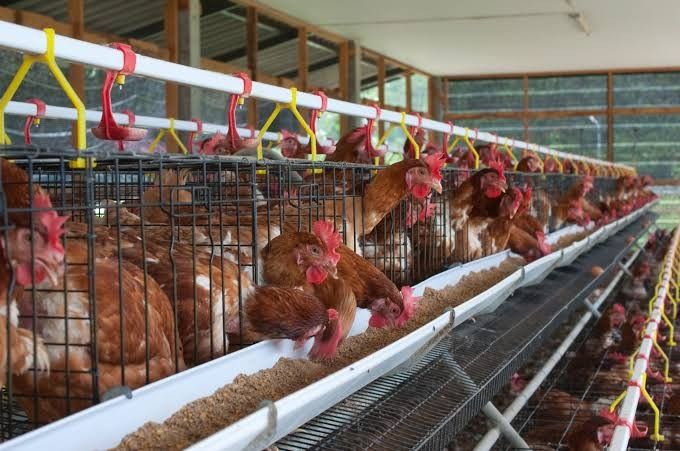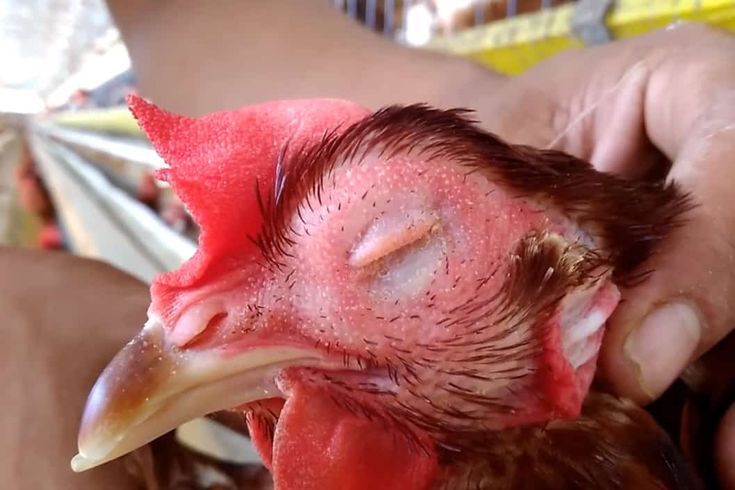Maximizing egg production in chicken layers requires careful planning and management. From selecting the right breeds to ensuring optimal living conditions, every step contributes to a flock’s productivity. Below is a comprehensive guide to help farmers achieve consistent and high egg yields.
1. Selecting High-Performing Breeds
Breed selection is a key determinant of egg production. High-performing breeds such as Leghorns, Rhode Island Reds, and Isa Browns are known for their prolific egg-laying capabilities, with some producing up to 300 eggs annually. Farmers should choose breeds suited to their climatic conditions and production goals.

2. Nutrition and Feeding
A balanced diet is essential for maximizing egg production. Layers require:
- Protein (16-18%) for egg formation.
- Calcium for strong eggshells, provided through supplements like oyster shells or limestone.
- Vitamins and minerals to support overall health and productivity.
Clean water should be available at all times, as dehydration can significantly reduce egg output.

On a similar note, at Kimd Group of Companies, we support beginner farmers by offering tailored business proposal writing services and design plans for various animal capacities. Therefore whether you’re just starting out or looking to expand, we provide the resources and expertise to help you succeed in the farming industry.
3. Proper Housing
Layer chickens thrive in clean, well-ventilated housing. Proper spacing prevents overcrowding, which can cause stress and reduce egg-laying. Ensure nesting boxes are clean and comfortable, as hens need a quiet space to lay eggs.

4. Lighting Management
Lighting influences a hen’s reproductive cycle. Maintain 14-16 hours of light daily to stimulate consistent egg-laying. In shorter daylight periods, artificial lighting can be used to maintain production levels.

5. Health Care
Healthy chickens are more productive. Regular health checks, vaccinations, and parasite control programs prevent diseases that could disrupt egg production. Biosecurity measures, such as limiting access to the farm and disinfecting equipment, further protect the flock.

6. Stress Reduction
Stress negatively affects egg production. To minimize stress:
- Handle chickens gently.
- Maintain consistent feeding and care routines.
- Provide adequate shelter from extreme weather conditions.

7. Record Keeping
Detailed records of egg production, feed consumption, and health interventions help identify trends and areas for improvement. Regular monitoring enables farmers to address issues promptly and optimize flock management.
Conclusion
Maximizing egg production in chicken layers involves a combination of good genetics, balanced nutrition, proper housing, and proactive health care. By creating a stress-free environment and employing strategic management practices, farmers can achieve consistent productivity and profitability from their layer operations.
